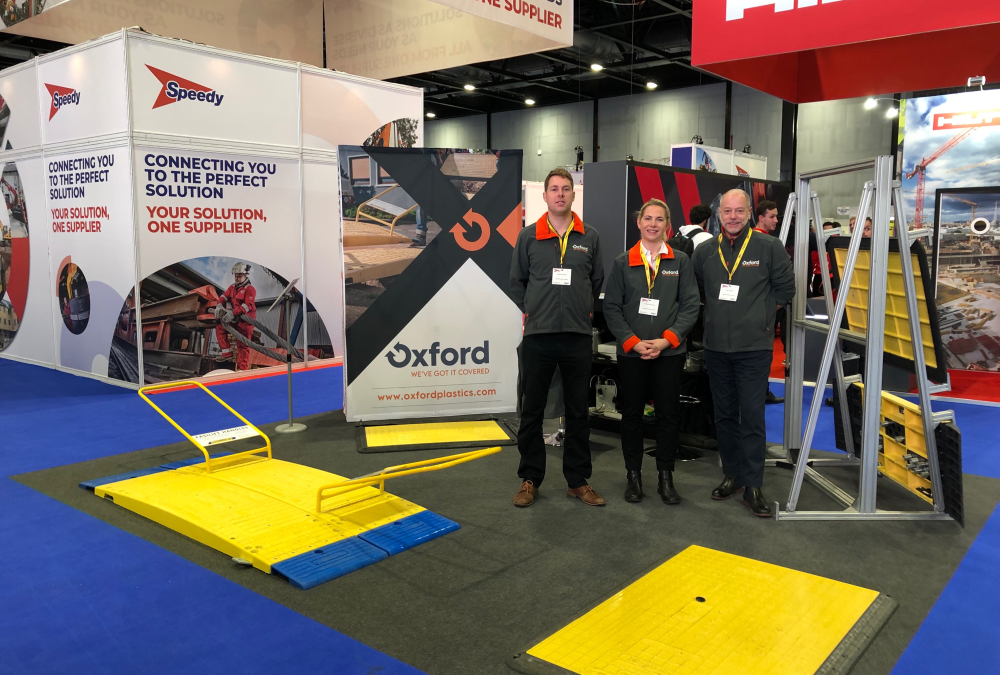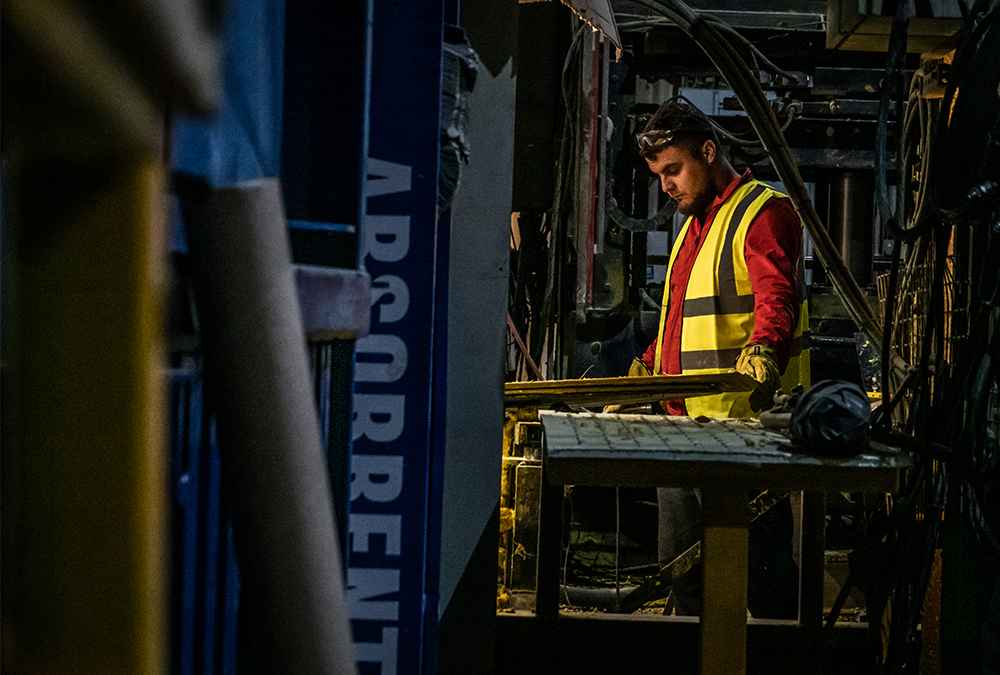What are the risks of slips trips and falls on a works site

Working on a construction site presents a variety of challenges, including the need to reduce the risk of slips, trips and falls caused by hazards such as wet and slippery surfaces, obstacles, uneven surfaces and other hazards. It’s the responsibility of everyone to help reduce the risk of slips and trips on site, which is why we’ve created this simple guide to help prevent the risk of injury. To promote work safety, it’s crucial to adopt proactive measures to help mitigate these risks.
Why is reducing the risk of slips and trips necessary?
Reducing the risks of slips and trips is important because according to the CDC slips trips and falls are responsible for 15% of all accidental deaths, and account for 25% of all reported injury claims. Slips occur when someone loses their footing on a wet or slippery surface, while trips can occur when someone is unaware of an obstacle or hazard which causes them to fall. Together they are one of the main causes of workplace injury.
These types of injuries such as fractures, broken bones and sprains can be painful for workers and result in missed work time. They can also lead to project delays, additional costs and in the worst-case scenario, fatalities.
How to reduce the risks of slips, trips and falls
Keep your site tidy!
Keeping your site clean and well-organised is one of the main ways that you can reduce the risks of slips, trips and falls. This includes keeping cables neat and tidy, preferably at a high level, and the work area free of debris and clutter or other hazards that could cause someone to trip and fall. Designate areas for waste collection and deliveries to minimise the number of materials on site.
Take care of slippery and uneven surfaces
In cases where excavations are needed, you’ll need an effective trench cover to keep footways open. Where possible use an anti-slip trench cover such as the LowPro 12/8 to reduce the risk of slips. Make sure proper footwear is worn to enhance the level of grip workers have on wet surfaces.
If you are currently using steel road plates or plywood boards, you’ll have to cold patch up to the boards to reduce trip risks and ensure they are accessible for wheelchair users. Uneven surfaces can easily become a trip hazard. This is one of the reasons why a major US utilities company made the switch to the LowPro 15/10 system. The bright yellow surface is easy to spot and has an easy grip surface, it is available to use with a LowPro 15/10 ramp system. It’s also important to make sure that any change in level is clearly signposted.
Provide adequate lighting
Keep your works site well-lit to help workers see any potential hazards. Make sure that any cables used to light the worksite are high and out of reach to reduce the risk of becoming a trip hazard.
Make sure reflective equipment is used and hi-vis vests are worn to make sure everyone on the site is visible.
Use protective equipment
Use protective equipment such as hard hats, gloves and PPE if needed. If working at a height, make sure fall protection equipment is used to prevent falls.
It can be difficult, especially in poor weather, to reduce the risks of slips trips and falls. But it's important to work together with your workforce to prevent accidents. Make sure to always report any problems or near misses to help keep your site safe.
Here at Oxford Plastics, we’re experts in site safety. Want to know more? Read about how to create a safety culture in your business or to find out more about any of our products contact our helpful team today.
Related News

Health and Safety Calendar 2024 US
For over three decades, we have prioritized safety in all our innovations. That’s why we’ve compiled a list of es...

What is closed-loop manufacturing?
What is closed-loop manufacturing? Closed-loop manufacturing is a process that reuses, recycles, and repurposes materials to...

2023 a success for Oxford Plastics
As we enter 2024, as a business we’d like to reflect on the year we’ve had and look to our future goals. We&rsquo...